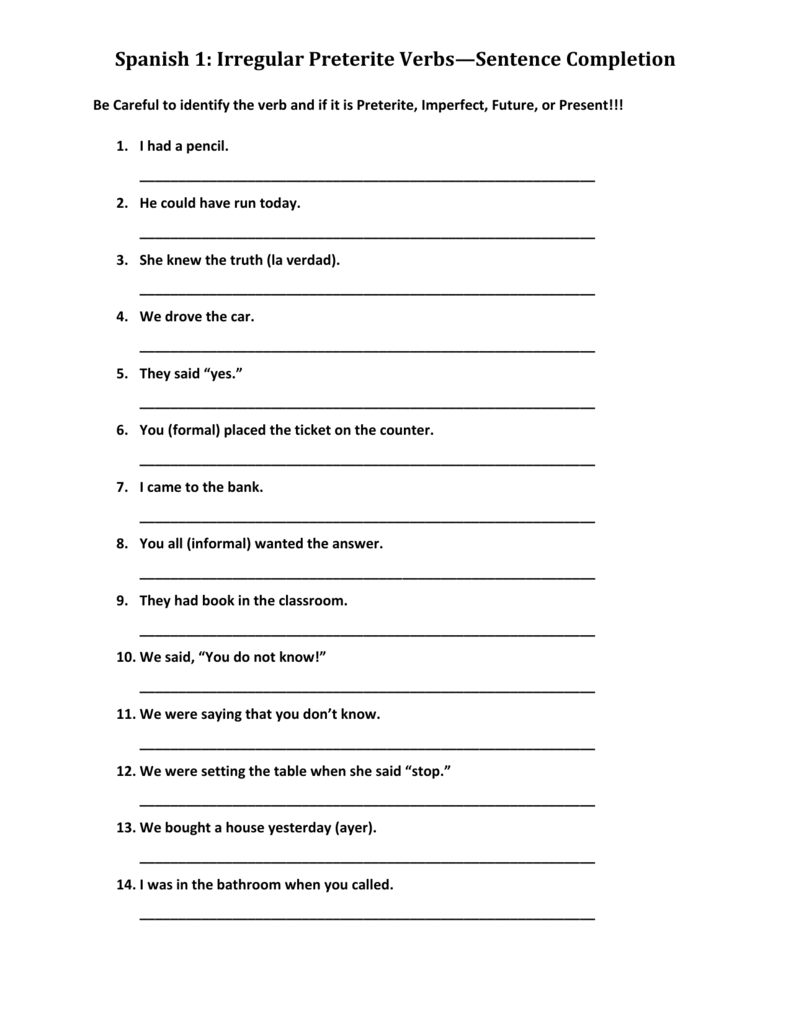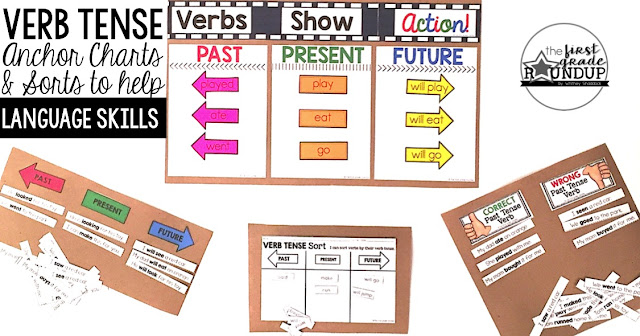

Students can check off the past verbs that match. Using the list, call out the base form of the verbs in a random order, one by one.Higher‑level students must complete two lines.


Arrange students into small groups (groups of three or four work well).You could also have students make their own cards. Cut up the verbs from the list (one set for each group) or make your own verb cards. This classic game is useful for reviewing all kinds of vocabulary and grammar targets. Continue until all the students have had a turn or two.That student then chooses another verb and repeats the steps above.

The student must catch the ball and say the past form.Say the name of a student and toss the ball to them.Choose an irregular verb and say the base form out loud.You can also choose if you should correct any mistakes or if another student should do it. I prefer not to keep score during this game, but you may choose to. Bring in a rubber ball (or use a small eraser, a scrunched-up ball of paper, or anything else that’s light and safe to throw) and let the game begin! You may want to let students refer to a list of irregular verbs when they’re first learning them, but later on you can play it without the list. Let’s start with a quick and easy one that always goes over well with my students. Please add to the list and share your favorite activity in the comment section below! Activities 1. When one of our subscribers asked us for some ideas for irregular verb activities, I was only too happy to share my five favorites. Sometimes there seems to be a pattern ( throw → threw, know → knew), but there are always exceptions ( snow → snowed).Įnglish language learners can become discouraged with what they perceive as the endless memorization ahead of them, so English teachers can help by introducing fun activities for learning and reviewing irregular verbs. Sometimes the vowel changes ( come → came), sometimes the pronunciation changes ( read → read), and sometimes the whole word changes ( eat → ate). If only all past verbs were that easy! The problem for English language learners is the many, many changes that occur when forming the past tense of irregular verbs. In English, the simple past tense is formed by adding -ed to the end of the regular verbs.


 0 kommentar(er)
0 kommentar(er)
